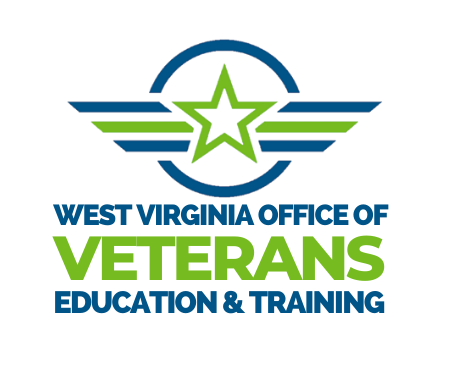Overview
State Approving Agencies (SAA) are responsible for the approval of education and training programs in their respective states. They are the pathway into VA for a program's recognition and identification as being eligible for the payment of VA education benefits. Colleges, universities, and other training establishments seeking to provide VA eligible training programs should begin by contacting their SAA.
Please note, approval is a complex and ongoing process. The following information is only meant to serve as a base level overview.
School officials should contact OVET for specific questions or issues.
Approval Process
Step 1: SCO Preparation
The School Certifying Official (SCO) acquires the necessary documentation to be submitted as part of the Application for Approval. Such documentation includes but is not limited to: catalog, student handbook, program changes, and addenda.
Step 2: Submit Application
The SCO submits an Application for Approval
Step 3: OVET Review
OVET staff will review the application and all applicable materials and policies to ensure the facility's compliance with local, state, and federal laws pertaining to GI Bill® program approval.
As necessary, OVET staff will follow-up with the facility to request clarification on items, supplemental materials, etc.
Once OVET staff have confirmed the facility's compliance with all approval requirements, a completed approval package is sent to the VA for review. A copy is also sent to the SCO for the facility's records.
Step 4: VA Review & Confirmation
Upon receipt of a completed approval from OVET, the WV Education Liaison Representative (ELR) will review the approval for completeness and accuracy.
The ELR then updates the VA's approved program database, WEAMS, as necessary. An updated WEAMS listing (VA Form 22-1998) is sent to the facility.
Step 5: SCO Confirmation & Updates
Upon receipt of the approved WEAMS listing from the ELR, the SCO will make any necessary programmatic updates in VA-ONCE. This is done to ensure that all program information mirrors WEAMS as the VA will only issue payments for approved programs as shown in WEAMS.
Approval is a continuous process. SCOs should promptly notify OVET of any changes which may impact approval. Such changes include but are not limited to:
- New, revised, or discontinued programs
- New or closed locations
- Policy revisions
- Accreditation status
- Licensure status
- Change of ownership
Educational Institutions and Institutions of Higher Learning
Accredited Institutions
Accredited programs must meet the requirements of 38 USC §3675 and 38 CFR 21.4253.
Both accredited and non-accredited institutions have similar approval requirements, including:
- submission of an application for approval
- submission of a catalog that includes graduation, attendance, progress, and other policies as well as tuition, fees, and program requirements
- written records of review and appropriate credit for prior training
- additional reasonable criteria as required by the State Approving Agency
Non-Accredited Institutions
Non-accredited programs must meet the requirements of 38 USC §3676 and 38 CFR 21.4254.
Both accredited and non-accredited institutions have similar approval requirements as listed above; however, when an institution is non-accredited, the SAA must review and verify the additional legal requirements as specified in 38 USC §3676.
A few examples of issues more thoroughly reviewed and not assumed for non-accredited and for-profit institutions include:
- Financial soundness of the institution and its capability to fulfill its stated training mission
- Institution enrollment limitations
Training Establishments
OJT and Apprenticeship Training
OJT programs must meet several criteria found in 38 USC §3677 and 38 C.F.R. 21.4262(c); the high-level requirements include:
- The OJT program provides the job skills and related training the trainee needs to be fully qualified for the job.
- It is reasonably certain that the job for which the person is being trained will be available after the trainee completes the program.
- The job customarily requires between 6 months and two years of full-time OJT.
- The length of the OJT is not longer than customarily required in the community.
- Progression and promotion to the next higher level depend on skills learned through OJT training and not just on such factors as length of service and normal turnover.
A non-DOL-registered apprenticeship program may be approved for Veterans training by the SAA if they meet the requirements and approval criteria found in 38 USC §3687 and 38 C.F.R. 21.4261(c); the high-level requirements include:
- Must meet the standards of apprenticeship published by the Secretary of Labor under 29 USC §50a and 29 C.F.R. 29.4, 29.5 and 29.6.
- A signed copy of the training agreement for each Veteran or eligible person, making reference to the approved training program and wage schedule, is provided to the Veteran or eligible person and the Department of Veterans Affairs by the employer
Prohibitions to Approval
A list of prohibited programs and practices can be found primarily in 38 USC §3680A; they include the following highlights:
- Programs must not be avocational
- Private and not-for-profit educational institutions that do not offer a standard college degree must have been operational for at least two years (2-year rule)
- Program enrollment by VA beneficiaries may not exceed 85% (85-15 rule)
- If the program or course is being offered under contract, the contractor must obtain its own VA approval from the SAA
